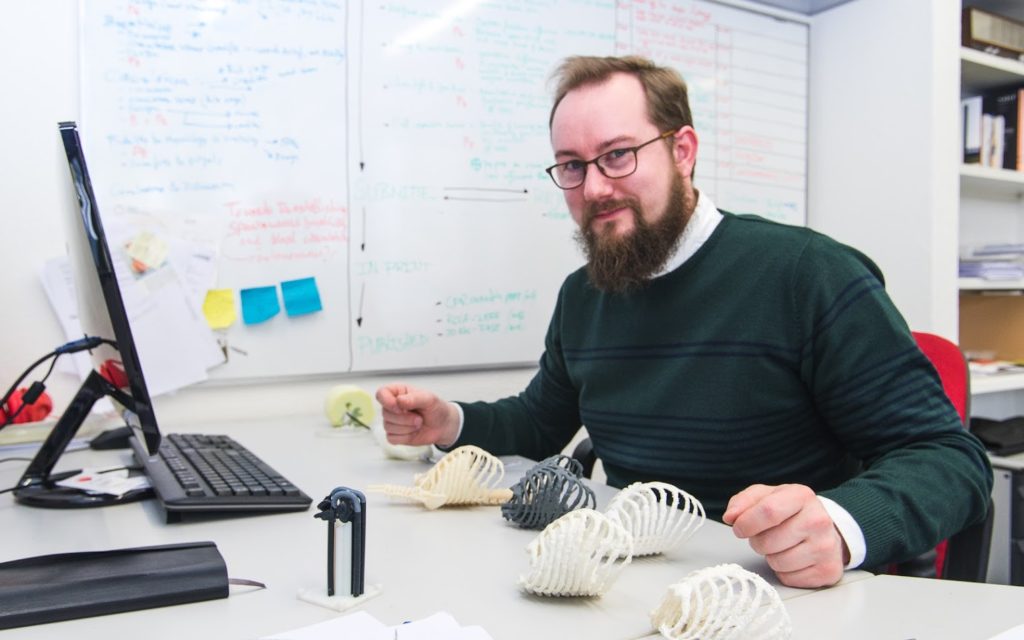Results 1 to 1 of 1
-
03-07-2017, 04:14 PM #1Administrator

- Join Date
- Oct 2016
- Posts
- 2,028
PhD Student and 3D Hubs Create Neonatal Medical Models
It's very helpful for nurses and surgeons alike to interact and practice with realistic, anatomical models before medical procedures and surgeries - it can really increase the rate of success. Medical models are also good training tools for medical students. Unfortunately, most neonatal practice mannequins are basically just dolls equipped with a spring, and don't feel anything like a real newborn. But PhD candidate Mark Thielen, from the Technical University of Eindhoven (TU/e) in the Netherlands, recently worked with online 3D printing service platform 3D Hubs to change that. He was able to create functional, lifelike internal structures and organs for neonatal training models using MRI scans and 3D printing. His new training models, which even feature embedded sensors, have the potential to save countless newborn lives, and would not be possible to create through traditional production technologies. Read more at 3DPrint.com: http://3dprint.com/167124/3d-hubs-pr...onatal-models/





 Reply With Quote
Reply With Quote



What's wrong with this prting?
04-14-2024, 05:15 PM in General 3D Printing Discussion